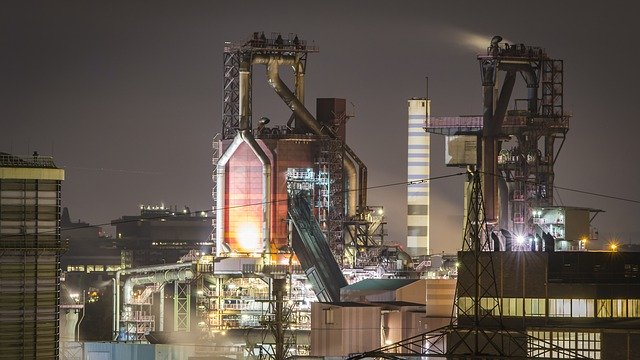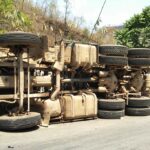Every year, critical injuries cost lives and millions of dollars in compensation due to accidents related to industrial process heating equipment. Then there is the essential cost of repairing or replacing the machine if an accident managed to damage equipment in the process as well.
Evaluating purging and other risks should help in bringing down both the loss of lives, as well as increasing wellness and funds in the industrial process heating sector. On that note, let’s take a brief overview of one of the deadliest risks associated with industrial process heating, aka nitrogen inhalation.

Nitrogen Inhalation is a Silent and Deadly Killer
Nitrogen inhalation can potentially be the deadliest of all accidents, since the gas can kill workers silently and quickly due to its odorless, colorless, and almost undetectable nature. While the air around us also has nitrogen in it, pure, concentrated nitrogen used as fuel in industrial heating equipment is so deadly that it can kill a human being after they take just a few, unprotected whiffs into their lungs. Ironically enough, nitrogen is not a toxic gas at all, but it simply displaces the oxygen in our lungs, leading to unconsciousness and death due to asphyxiation.
Also Read:
- What is a Cooling Tower and How it Works?
- What is Combined Cycle Power Plant? – Complete Explanation
- Nuclear Power Plant – Working Principle, Advantages, Disadvantages with Diagram
How Do Nitrogen Inhalation Related Accidents Occur?
There are a number of possible scenarios where nitrogen inhalation may occur, and most of them stem from a poor understanding of the purging process itself and inadequate safety measures. Let’s list down some of the common causes next:
- Unmarked nitrogen purge points and poor ventilation nearby
- Unprotected and ill-trained workers at site during discharge
- Unnoticed leaks
How Nitrogen Inhalation Can be Prevented
There are multiple assistive safety measures and two main processes in use today that aid in safe, nitrogen discharge without accidents. The safety measures as practiced by all responsible companies can be defined as the following:
- Everyone working in close proximity with the industrial process heating equipment should be made well aware of the risks.
- Professional training in handling the discharge process is a must for the workers.
- Regular checks should be performed by experts to detect leaks before the nitrogen can build up
- The storage area must be well ventilated to not allow nitrogen released during discharge to linger on.
- Pipe nipples, aka purge points used to fill in and discharge nitrogen must be marked accurately.
- The marked points should be watched during discharge by multiple employees.
- The necessary protection gear, such as respirators, must be worn when necessary.
Engineers and technicians working closely with building, repairing, and designing new process heating equipment, already know everything that they need to know about how it all works, but the same cannot always be said about the workers, managers and supervisors who practically work with the machines. This is a dangerous knowledge gap which can cost dearly.
In fact, even the company executives and higher-ups should ideally be well aware of how their industrial heating equipment works and what the risks are, so that they can allocate the necessary budgets to buy quality equipment and maintain them at peak functioning condition with regular checking mandates.








